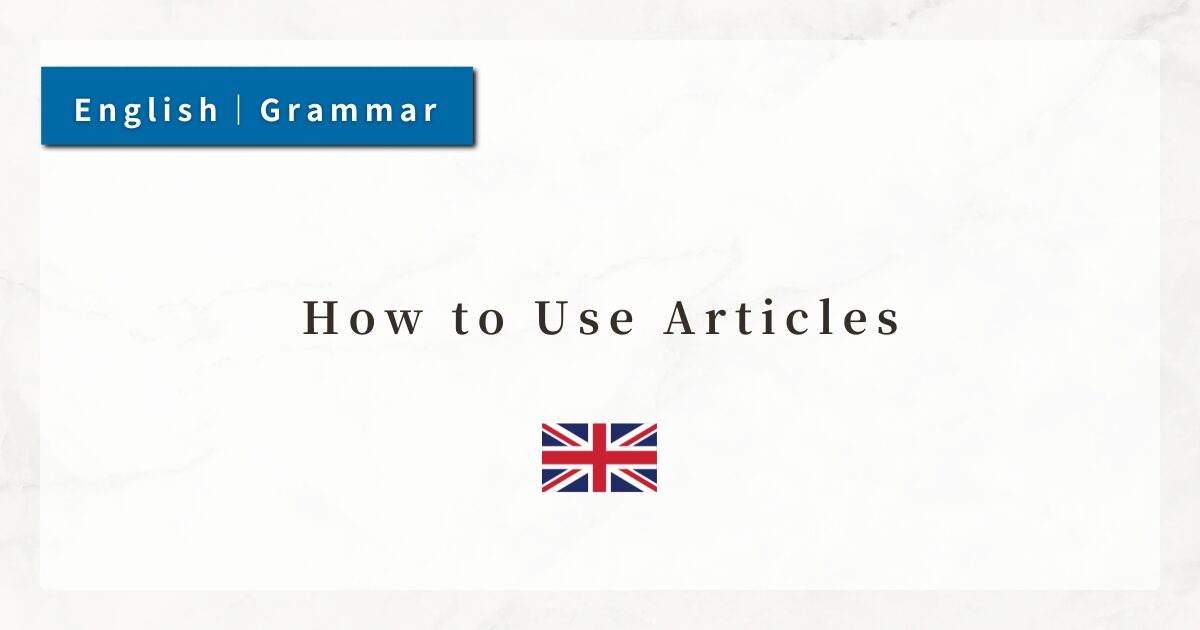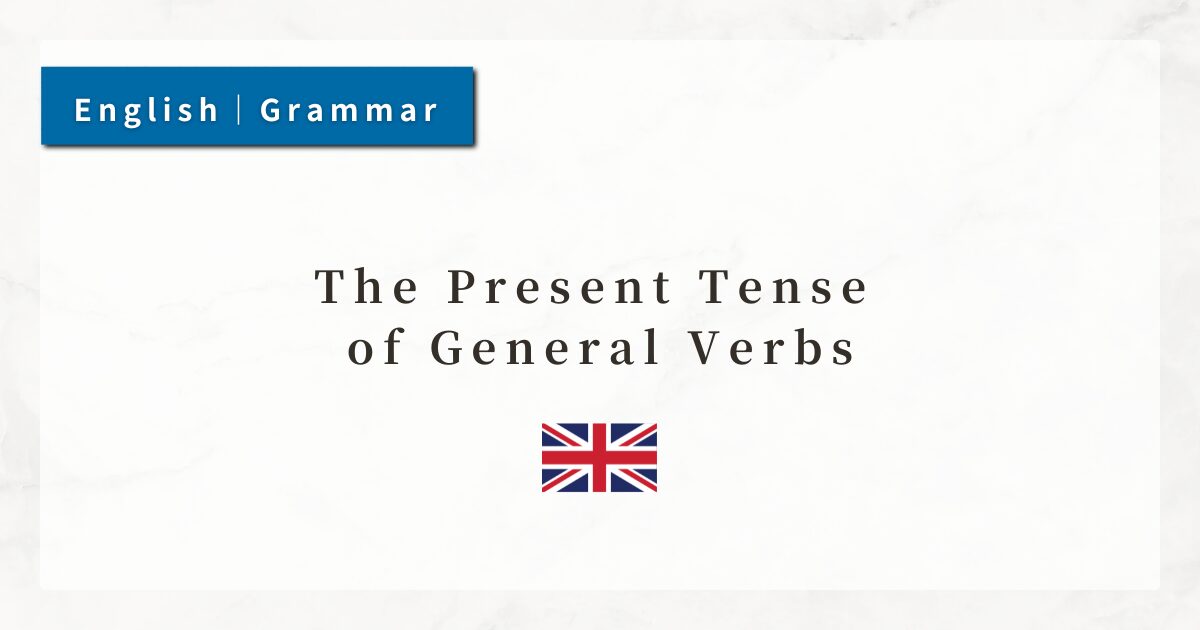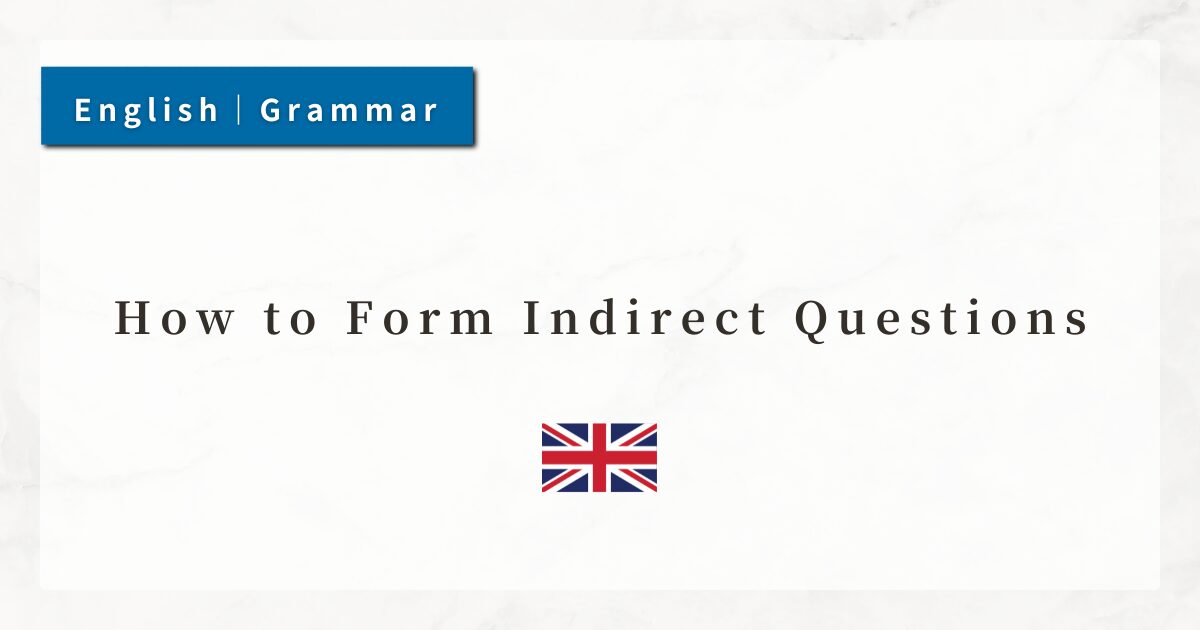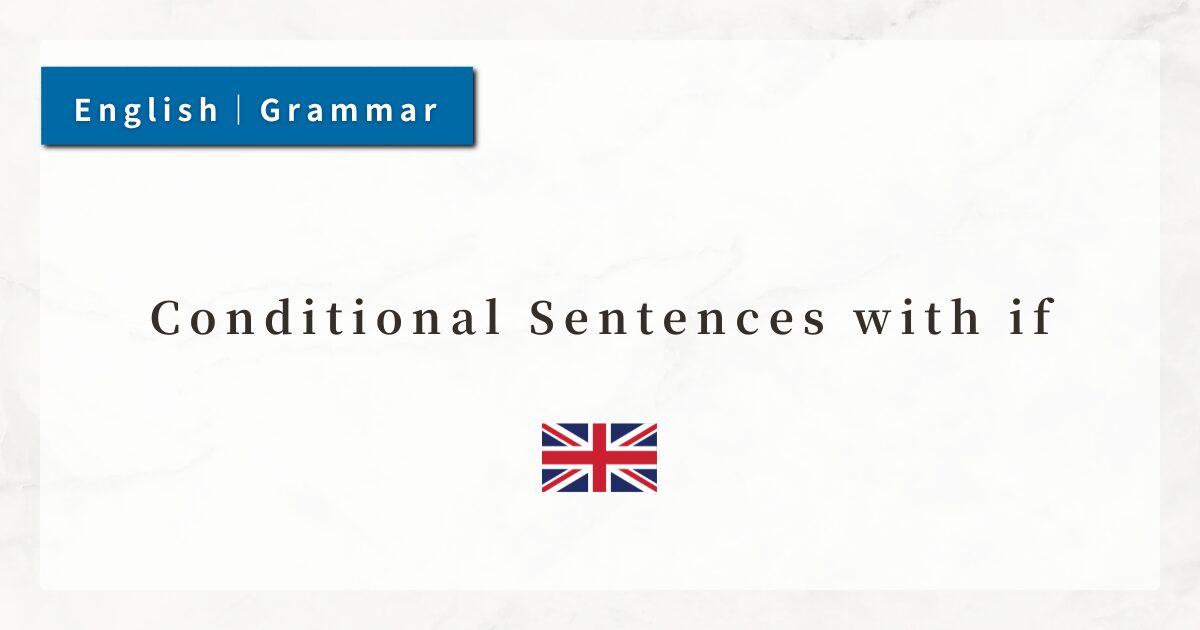#7 How to Use Possessive Adjectives|A Comprehensive Guide to my, your, and More
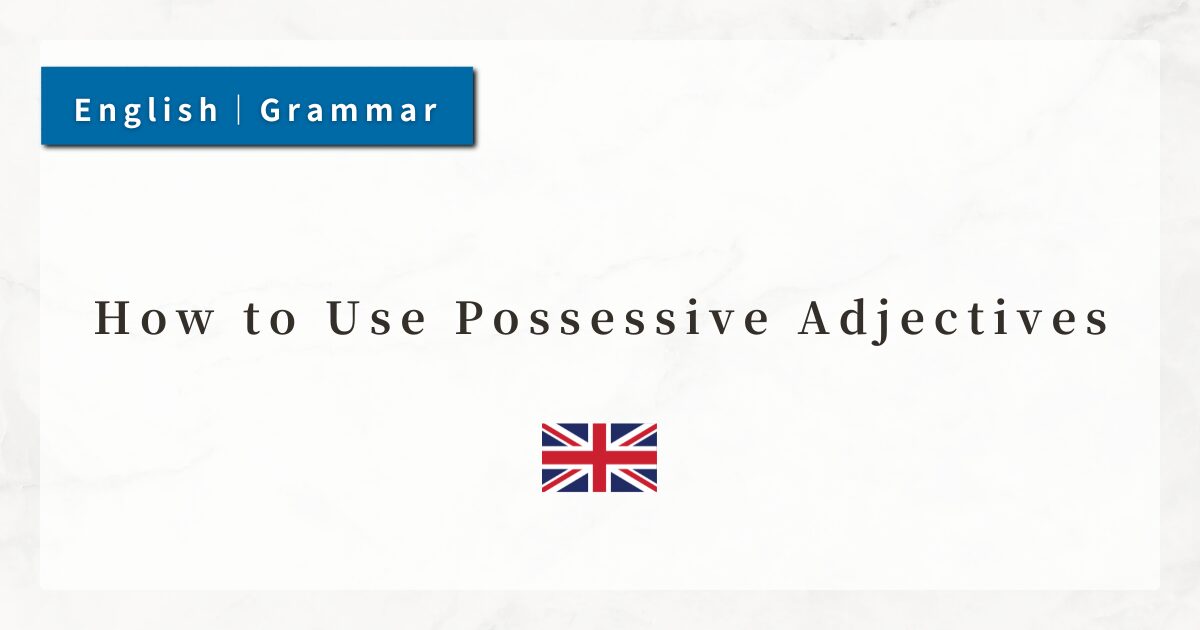
Expressions such as “my book” or “his name” in English require the use of possessive adjectives.
A possessive adjective is a word placed before a noun to indicate ownership or relationship.
To use possessive adjectives correctly in both conversation and writing, I will explain their forms, functions in sentences, and important points to keep in mind.
1. Types and Basic Rules of Possessive Adjectives
1-1. What Is a Possessive Adjective?
A possessive adjective shows “who owns something” and is placed before a noun.
In English, the form of the possessive adjective depends on the personal pronoun, and it changes according to person, number, and gender.
1-2. List of Possessive Adjectives
| Person | Possessive Adjective | Corresponding Pronoun | Notes |
|---|---|---|---|
| First person singular | my | I | Used when the subject is I |
| Second person singular | your | you | Same form used for singular and plural |
| Third person singular (male) | his | he | Refers to a male person |
| Third person singular (female) | her | she | Refers to a female person |
| Third person singular (thing/animal) | its | it | Refers to things, animals, inanimate objects |
| First person plural | our | we | Used when the subject is we |
| Second person plural | your | you | Same form as singular |
| Third person plural | their | they | Refers to multiple people or things |
2. Possessive Adjectives Function Like Adjectives
Possessive adjectives modify a noun in the same way adjectives do, adding information such as “whose” it is.
- my bag → adds the idea of “my” to the noun bag
- her idea → adds the meaning of “her” to the noun idea
They are always placed before the noun, just like adjectives, to specify meaning.
3. Possessive Adjectives Clarify Ownership
Because English has a strict word order, it is essential to place the possessive adjective before the noun to clearly indicate ownership or relationship.
- This is my pen.
- Their dog is very cute.
- Our teacher is kind.
Using possessive adjectives correctly ensures that relationships and belonging are expressed clearly.
4. Possessive Adjectives vs. Possessive Pronouns
4-1. Possessive Adjectives
A possessive adjective is placed before a noun to show ownership, functioning like an adjective.
- This is my pen.
- Her bike is new.
In both cases, the combination “possessive adjective + noun” expresses “whose something it is.”
4-2. Possessive Pronouns
A possessive pronoun replaces a noun phrase and means “one’s own thing(s).”
- That pen is mine.
- This book is hers.
Using possessive pronouns avoids repeating the noun, making the sentence clearer and more concise.
5. The Difference Between its and it’s
One of the most common mistakes among English learners is confusing its and it’s. Although they sound the same, their meanings and grammatical roles are completely different.
5-1. its: Possessive Adjective (Shows Ownership)
“its” is a possessive adjective used to indicate that an object or animal possesses something.
- The dog is wagging its tail.
- This book has lost its cover.
It is always followed by a noun and cannot stand alone.
5-2. it’s: Contraction of “it is” or “it has”
“it’s ”is a contraction used in conversation or informal writing.
it’s = it is
- It’s a beautiful day.
- It’s very cold outside.
it’s = it has
- It’s been a long time.
- It’s just started to rain.
6. Summary
- Possessive adjectives (my, your, his, etc.) are used before nouns to indicate ownership.
- They must be used with a noun and cannot stand alone.
- Their forms depend on the personal pronoun, number, and gender.
- Do not confuse its (possessive adjective) with it’s (= it is / it has).
- Understand the difference between possessive adjectives and possessive pronouns (mine, yours, etc.) and use them appropriately according to sentence structure.

